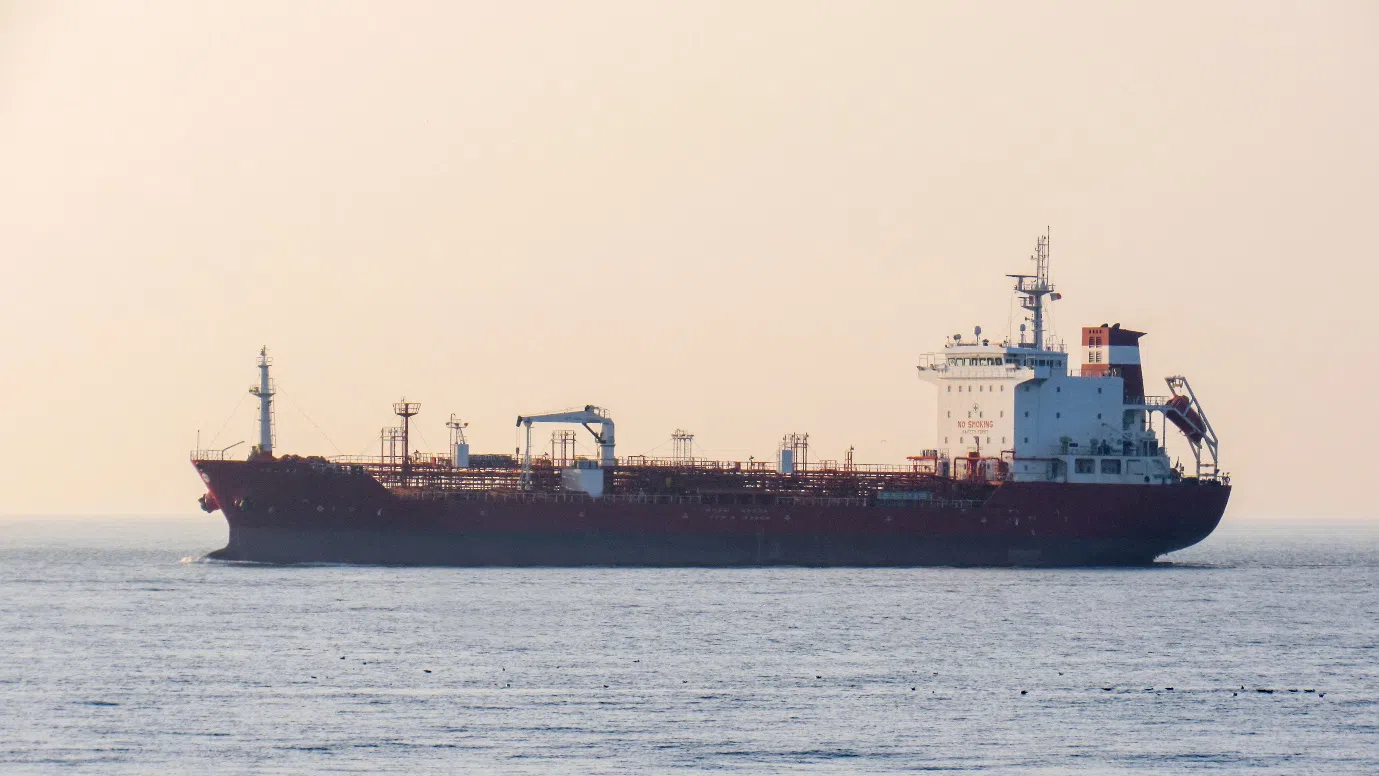Crude Oil Benefits From Russia's Troubles
The main factor fueling crude oil prices’ rise is probably Russian production worries, as a more significant drop in production than announced for March is feared.
The two world crude benchmarks (Brent and WTI) are still enjoying the momentum that began on Thursday, following reports from the financial press that Russia could reduce by 25% per month in March (compared to February) its oil exports from its western ports.
The western ports of Primorsk, Ust-Luga, and Novorossiysk export around 2.5 million barrels per day of crude.
Therefore, a 25% reduction would imply a reduction in exports of 625,000 barrels per day, or 0.6% of the world’s oil supply.
This contraction would thus exceed that announced by the Russian Deputy Prime Minister in charge of Energy, Alexander Novak, earlier in February by 500,000 barrels per day.
In addition to supply disruptions from Russia, there is also growing demand from China and India in an energy market that could tighten.
These cuts are Russia's response to Western sanctions since the European Union (EU) banned the import of crude oil by sea from Russia on December 5.
This embargo was extended on February 5 to Russian refined petroleum products, mainly Russian diesel. Before the start of the war in Ukraine, more than half of EU diesel imports came from Russia.
What about now?
Well, here are some major logistics changes…
The EU buys it from Asia, and now also from North African countries. The latter buy it from Russia, and then they resell it to the EU at a much higher price!

Sebastien Bischeri,
Oil & Gas Trading Strategist